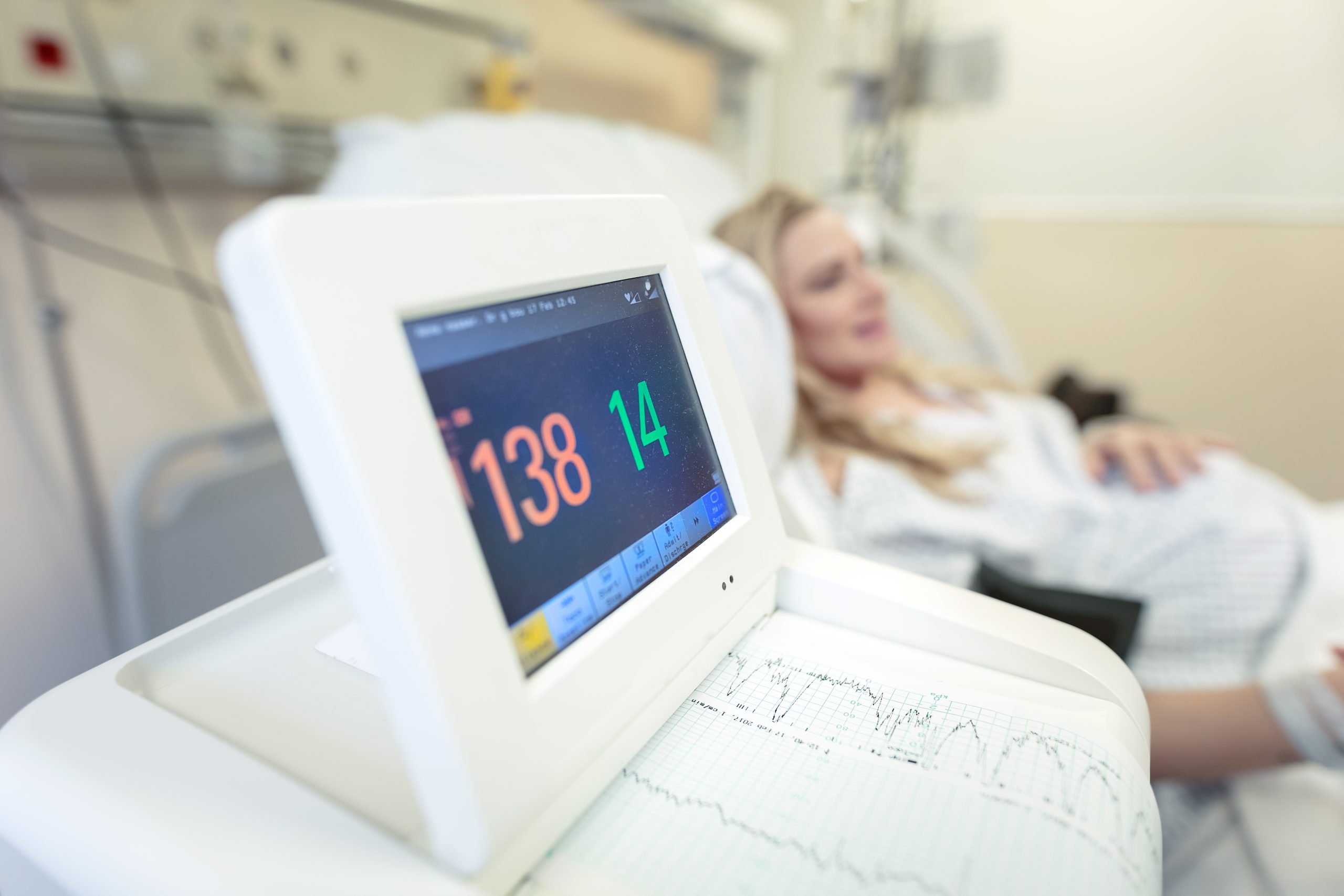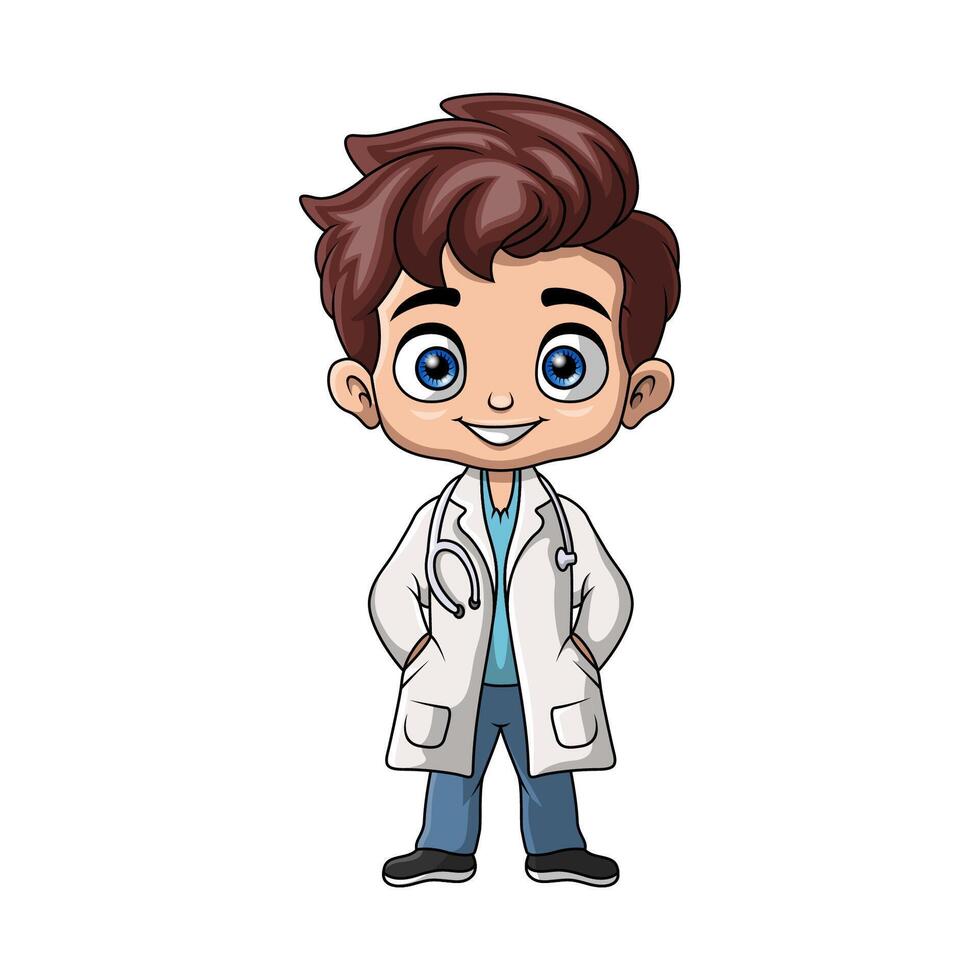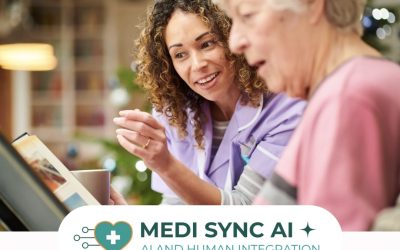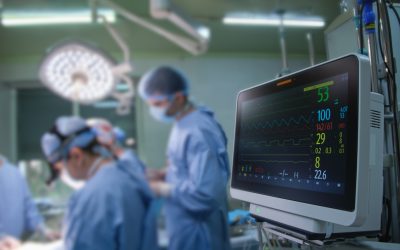Introduction
Vital signs monitoring is the cornerstone of effective healthcare, offering real-time insights into a patient’s health status. From heart rate and blood pressure to oxygen saturation and temperature, these essential parameters enable healthcare providers to detect anomalies, predict outcomes, and administer timely interventions. Traditional monitoring methods have served well for decades, but technological advancements are revolutionizing how healthcare professionals track and manage vital signs. Modern vital signs monitors equipped with artificial intelligence, remote monitoring capabilities, and predictive analytics are redefining patient care, making it more efficient and personalized.
At Medi Sync AI, we understand the importance of accurate, reliable, and innovative vital signs monitoring systems. This blog explores the significance of vital signs monitoring, compares traditional and modern methods, highlights technological advancements, and discusses how these innovations are shaping the future of healthcare practices.
What Are Vital Signs and Why Are They Important?
Vital signs are measurable indicators of the body’s essential functions. These parameters provide real-time data about an individual’s physiological state and are often the first clues in diagnosing or managing medical conditions. The key vital signs include:
- Heart Rate (Pulse): Measures the number of heartbeats per minute, indicating cardiovascular health.
- Blood Pressure: Assesses the force of blood against arterial walls, crucial for diagnosing hypertension or hypotension.
- Respiratory Rate: Tracks the number of breaths per minute, offering insights into lung and metabolic function.
- Body Temperature: Reflects the body’s thermoregulation and potential infections.
- Oxygen Saturation (SpO2): Measures the percentage of oxygen in the blood, critical for identifying hypoxia.
These parameters are vital for:
- Early Detection of Health Issues: Changes in vital signs can indicate underlying conditions, such as sepsis, cardiac arrest, or respiratory failure.
- Ongoing Health Monitoring: Vital signs help track disease progression and the effectiveness of treatments.
- Emergency Response: In critical situations, monitoring these parameters provides crucial data for rapid decision-making.
For instance, a sudden drop in oxygen saturation can signal respiratory distress, prompting immediate intervention. Reliable monitoring ensures timely detection and reduces the risk of complications, ultimately saving lives.
Traditional vs. Modern Vital Signs Monitoring
Traditional Monitoring Methods
Traditional vital signs monitoring involves periodic manual measurements using tools such as:
- Stethoscopes
- Blood pressure cuffs
- Thermometers
- Pulse oximeters
While effective, these methods are time-intensive and require the physical presence of healthcare providers. Additionally, they may not capture real-time fluctuations, limiting their utility in dynamic clinical scenarios.
Modern Monitoring Systems
Modern systems, such as wearable vital signs monitors and AI-driven devices, offer continuous, automated tracking. Key features include:
- Remote Monitoring: Devices transmit real-time data to healthcare providers, enabling care from anywhere.
- Predictive Analytics: AI algorithms analyze trends, predicting potential health issues before symptoms appear.
- Integration with EHRs: Seamless data synchronization with electronic health records for comprehensive patient profiles.
The shift from traditional to modern methods has improved the accuracy, efficiency, and accessibility of healthcare, empowering both providers and patients.
Technological Innovations in Vital Signs Monitoring
Wearable Devices
Wearable technologies, such as smartwatches and biosensors, allow continuous monitoring of vital signs. These devices are non-invasive, user-friendly, and capable of tracking multiple parameters simultaneously.
AI-Powered Monitors
Artificial intelligence enhances monitoring by:
- Analyzing Patterns: Detecting anomalies in vital signs.
- Predicting Risks: Alerting providers to potential health crises.
- Customizing Alerts: Tailoring notifications based on individual health profiles.
Remote Patient Monitoring (RPM)
RPM systems connect patients to providers through cloud-based platforms, offering:
- Real-Time Data Sharing: Facilitates immediate medical intervention.
- Personalized Insights: Enables customized care plans based on individual needs.
- Cost-Effective Solutions: Reduces hospital visits and associated expenses.
How Vital Signs Monitoring Enhances Healthcare Practices
Improved Patient Outcomes
Continuous monitoring ensures early detection of complications, allowing prompt intervention. This reduces hospital readmissions and improves recovery rates.
Remote and Personalized Care
Modern systems facilitate home-based monitoring, offering convenience and personalized healthcare. Patients with chronic conditions, such as diabetes or hypertension, benefit immensely.
Efficient Resource Allocation
Automated systems reduce the workload on healthcare professionals, enabling them to focus on critical cases. This improves overall operational efficiency in medical facilities.
Challenges in Implementing Modern Monitoring Systems
Despite their benefits, modern vital signs monitors face challenges, including:
- Cost: High initial investments can be prohibitive for smaller healthcare facilities.
- Data Security: Ensuring HIPAA-compliant data storage and transmission is essential to protect patient privacy.
- Technological Literacy: Both providers and patients may require training to effectively use advanced systems.
- Integration Issues: Compatibility with existing infrastructure, such as EHRs, can pose technical challenges.
- Reliability: Ensuring devices provide accurate readings under various conditions remains a critical concern.
Addressing these barriers requires collaboration among technology developers, healthcare providers, and policymakers.
Future of Vital Signs Monitoring
The future of vital signs monitoring is promising, driven by technological advancements and increasing demand for personalized healthcare. Key trends include:
- Artificial Intelligence: Enhanced algorithms will provide more accurate predictions and tailored recommendations.
- IoT Integration: Internet of Things (IoT) devices will enable seamless connectivity and data sharing.
- Wearable Innovations: Future devices will be smaller, more comfortable, and capable of monitoring additional parameters.
- Focus on Preventive Care: Real-time data will shift healthcare from reactive to preventive approaches, reducing disease burden.
These innovations will continue to transform healthcare, making it more accessible, efficient, and patient-centered.
Conclusion
Vital signs monitoring has come a long way from traditional methods to modern, AI-powered systems. By enabling continuous tracking, remote care, and predictive analytics, these advancements are revolutionizing healthcare practices. Medi Sync AI is committed to leading this transformation, offering cutting-edge solutions that empower providers and improve patient outcomes.
If you’re ready to embrace the future of healthcare, explore Medi Sync AI range of innovative vital signs monitors. Contact us today to learn how we can help you enhance care delivery and achieve better health outcomes.




